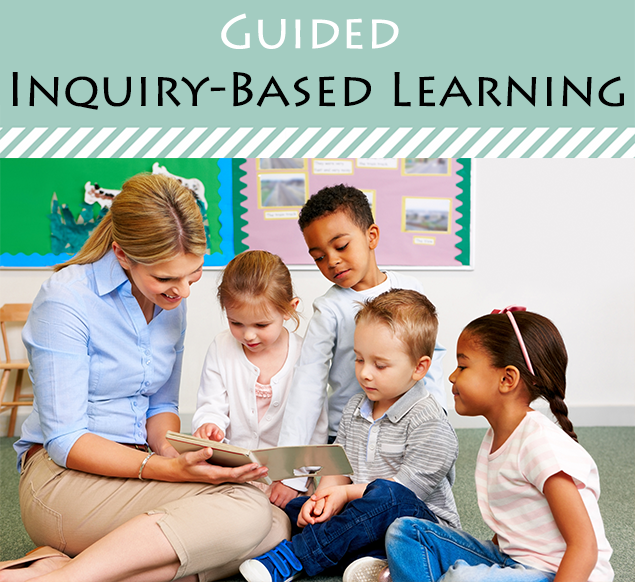Why Use an Inquiry-Based Learning Model?
Posted by Network Support · Leave a Comment
Use the Inquiry-Based Learning Model to help students navigate the process of inquiry. This tool makes learning activities meaning and helps student learn to think critically beyond the classroom.
What is an Inquiry-Based Learning Model?
An inquiry model is a framework to support thinking, conversation and learning. It typically consists of the following steps:
Ask
Investigate
Create
Discuss
Reflect
One of the founding principles of Inquiry-Based Learning (IBL) is that it is not a one-size-fits-all recipe. There is no prescriptive sequence since the classroom is a living, organic body of unique individuals. Inquiry models help break down ideas of effective learning into steps that can easily be adapted. It supports the work of teachers and students and can be used in different ways. Here’s a look at why the Inquiry-Based Learning Model is successful:
1. A Guide for Instruction
The inquiry model provides the content and structure for instruction, outlining the skills and strategies that need to be taught explicitly in each phase. Referring to the model frequently, while planning IBL activities for the class, the teacher is able to keep the focus on all that she/he hopes the students explore and understand.
Displaying the inquiry model in classrooms and in the library also encourages students to recognize each phase as part of the whole process. It gives teachers and students a “common language” or a common ground for discussing the inquiry process.
2. A Guide for Feelings
The inquiry process in class typically evokes various feelings among students at its different stages. Some of these feelings range from enthusiasm to apprehension, frustration to excitement, depending on how the process is developing.Many students can feel stuck at certain stages in the process. Referring to the model helps the teacher anticipate and recognize these feelings among the students. The teacher is then able to design support systems and reflective activities that help students deal with their emotions and move ahead through the process.
3. A Guide for Students
Having a model on hand helps students see the ultimate goalof the inquiry process. They are able to see the process of being puzzled about something, generating their own questions and using information to satisfy their own interests so that their own knowledge is developed.
The process then is not another task or activity they have to finish for their teacher’s satisfaction. This gives them ownership over the process andhelps them stay engaged.
4. A Guide for Monitoring
Teachers use the inquiry model to assess how well students understand ideas, how much they engage in the inquiry process and how effectively the process progresses across grades.
The Iquiry-Based Learning Model can aid in critical thinking and student responsibility in the classroom.





